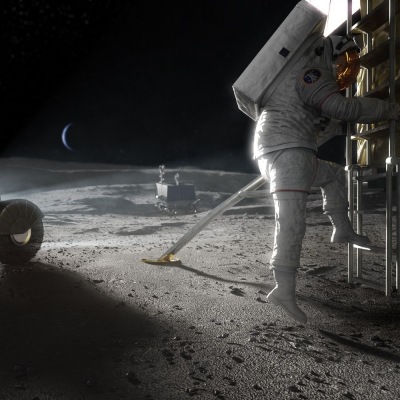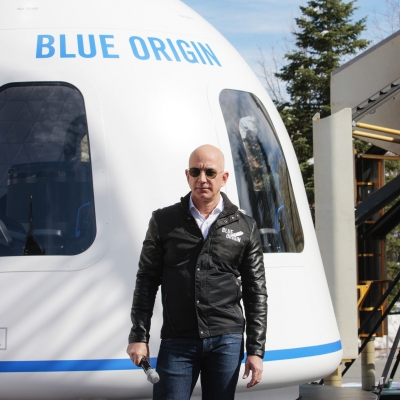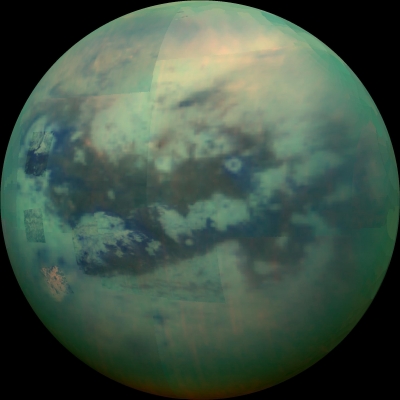
In a key milestone for NASA’s plan to return humans to the moon, the space agency today announced that SpaceX will build the vehicle that will land astronauts on the lunar surface. The current plan, known as Artemis, calls for astronauts to launch on NASA’s Space Launch System (SLS) rocket, fly to lunar orbit on the space agency’s Orion space capsule, and then transfer to SpaceX’s Starship rocket to make the final descent to the surface.
The contract, worth $2.9 billion, will go toward developing a moon-ready version of the Starship rocket. The futuristic-looking vehicle is still in the prototype stage, with testing ongoing at a Texas facility. SpaceX beat out proposals from Jeff Bezos’ company Blue Origin—which has been working with defense contractors Lockheed Martin, Northrop Grumman, and Draper—and Dynetics, a defense contractor based in Huntsville, Alabama.
Announced in 2017 under the Trump administration and named in 2019, the Artemis program aims to return U.S. astronauts to the lunar surface for the first time since the Apollo 17 mission in 1972, including landing the first woman and the first person of color on the moon.
The Biden administration has voiced support for the program, as well. But while Trump’s team pushed for a crewed mission to the moon’s surface in 2024, Congress has not provided the amount of funding for the program that NASA says would be needed for that time table. Due to a smaller budget than requested, and delays during the development of the SLS rocket and other parts of the program, NASA is reevaluating the soonest date that it could launch people on a lunar mission.
The Artemis I mission, which will launch no sooner than late 2021, will be an uncrewed test flight of Orion and SLS. Artemis II will follow, using SLS and Orion to fly a crew around the moon and back but not land, similar to 1968’s Apollo 8 mission. Then Artemis III will use SLS, Orion, and SpaceX’s Starship to complete the journey to the moon’s surface.
To fly the quarter-million miles to the moon, astronauts will travel on NASA’s SLS heavy-lift rocket and Orion deep-space spacecraft. The plan then calls for Orion to dock with a Human Landing System (HLS)—which is what NASA selected SpaceX’s Starship for. This spacecraft will wait in lunar orbit up to a hundred days before the astronauts arrive and then land them on the surface. To return to Earth, the crew will launch off the moon on Starship, transfer back to the waiting Orion spacecraft, and fly home.
Credit : National Geographic
Picture Credit : Google



